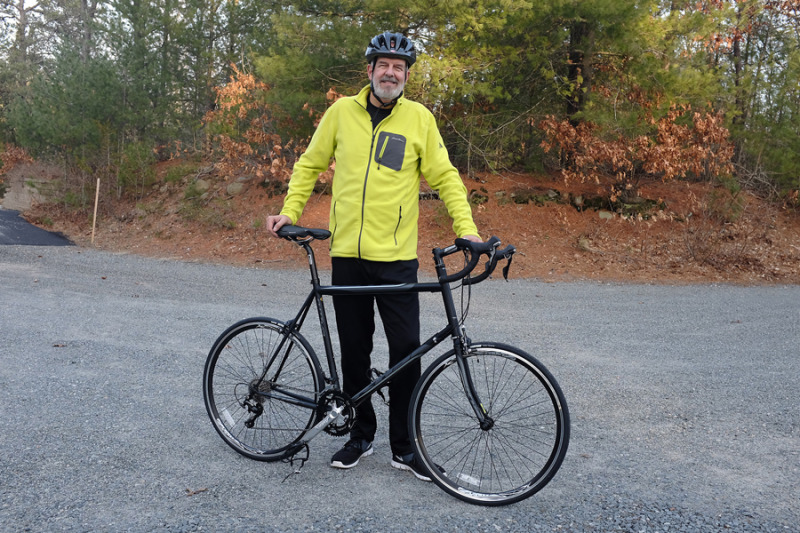The Long Hard Work of Racial Reconciliation
The long hard work of racial reconciliation is exactly that, long, and hard and work. But, it is work that we must do.
What is it about America that our long national nightmare, the legacy of slavery, the civil war and Jim Crow continues to haunt our national soul? Yes, other nations have their legacies, but our calling is to look at our own. I believe this work to be both an inward journey, as well as an outward one. We are called, each of us, whether we call ourselves Christian or not, to explore the internal workings of bias, hatred, racism, dislike for the ‘other’, suspicion for those who are different. We all have them. That soul work is deep work that we are each called to explore, understand and heal. We are equally called to exercise the external work of ending racism and challenging the systems and causes that perpetuate racism.
In the video above, I am speaking without a script. It is my admittedly raw attempt to help begin not only a conversation, but a time of learning. A time to begin to understand what it must be like to live in this country as a person of color. I begin with the parable of the Good Samaritan because it is so widely known, and yet, not everyone knows how radical the message. Jesus tells a story in which the hero is the ‘other’. I have re-told this parable in other settings, and gotten in trouble. In the 1980’s I retold this parable in a worship setting and made the heroic character, the Good Soviet Communist. In the early 2000’s, I retold this parable as the Parable of the Good Islamist. Clarence Jordan practiced this form of re-telling the gospels better than any. “By rewriting the gospel in a southern idiom, Jordan placed the ordinary reader in the midst of the action and flow of the narrative, thereby making the reader a “participant” rather than an observer. In this way, Jordan sought to recreate the Jesus event and help southerners experience the God Movement as news rather than history. A good example of this practice is Jordan’s translation of the parable of the Good Samaritan. By replacing Samaritan with black man, Jordan recaptures the original setting of the good “outcast,” which potentially becomes world reversing. In so doing, Jordan challenges cultural images and mythic models of the good person. Through the work of Jesus the rebel, myths are redescribed and thus rewritten. Now the good person is the person who lives with unlimited love and can stand against cultural stereotypes that demean and denigrate.” (Frederick Downing SBL)
My attempt to begin this conversation with a biblical passage is intentional, however clumsy I have described it in the video. It is my intention that we call on the vast resources of God’s Word to help and guide us forward. There are many resources, and we should make use of those that will be helpful, but I believe we must define this conversation with biblical language and imagery.
I have no doubt that the conversation will be challenging, and we will say clumsy, awkward and stupid things. I know I will, I know I have. We are all fallen and broken people, and we do not have the resources on our own to do this work. But, by God’s grace, we have the capacity to live differently, to affect change, and to help heal the church.
May God grant us the courage and wisdom to do what will make a real difference. It will be long-term, and it is also urgent work—the most difficult and necessary combination. But with Christ patient and persistent voice, we will be lead forward.










